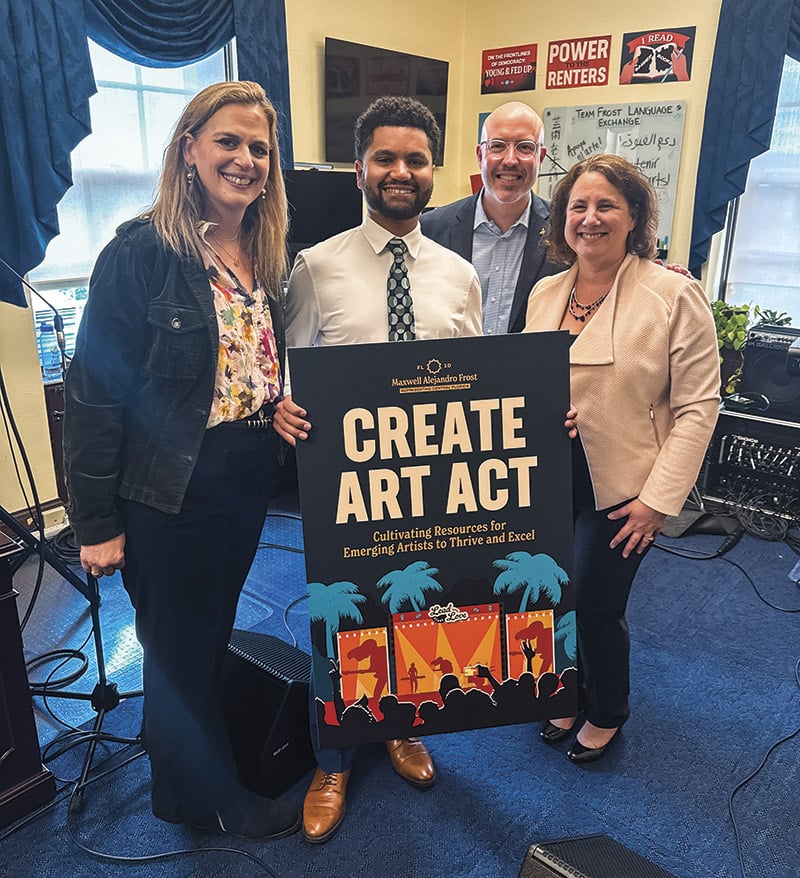In Focus: Summertime Teachable Moments
Here are 7 fun ways to keep kids learning at home this summer.
According to the National Summer Learning Association, if kids take a lengthy break from learning, they not only miss out on new information and skills, they can lose up to three months’ worth of reading and math skills from the previous year. With kids stuck at home during summer break after finishing online classes, how can you keep them learning? As a mom who homeschooled my two boys for 10 years, I developed some fun ways to keep my kids engaged and learning all day long.
Learn to play chess. According to First Move, America’s Foundation for Chess, this logic game helps kids learn to focus, think ahead, work through a multi-step problem and collaborate. If you don’t know how, learn together. You can find plenty of online chess tutorials, games, and apps (some free, some paid), such as the free chesskid.com (both a website and an app). “Chess trains your brain to think critically; to discover like a scientist, create like a technician, innovate like an engineer, and problem solve like a mathematician,” explains Wendi Fischer, the Scholastic Director of America’s Foundation for Chess, a non-profit organization that brings chess into schools. “In fact, a third-grade student once told me, ‘I like chess because it’s sneaky learning.’”
Tap into tunes. This works for all ages, but especially well with tweens, who love downloading their favorite songs from iTunes. Ask them to create a funny rap about their favorite singer or write a new theme song for their favorite TV show. How about their favorite products? Could they come up with a 30-second jingle to create an ad for the must-have tech toy or app everyone’s talking about? Challenge them to write a song for the blockbuster movie they want to see, then use a video camera to record it.
Start a family book club. Make reading and interacting with books the cool thing to do together. While it’s fun to read and talk about books, extending the book club activities beyond the page boosts the fun factor. Need some ideas? Offer snacks relevant to the book, such as creating a DIY version of Butterbeer when you’re discussing Harry Potter. Break out the art supplies and challenge kids to design a map of the book’s setting, create a sculpture of the main character, illustrate a favorite scene, or design a new book cover. Ask kids to create a trivia game based on the book’s plot or write a new ending to the story. Provide costumes and props and encourage them to act out funny scenes or play “Guess what character I am.”
Play with puzzles. If you’ve got jigsaw puzzles buried in the closet, dust them off and put them together. Also, let kids play with tangrams (a traditional Chinese puzzle consisting of seven shapes), which helps build spatial and geometry skills. For a kid-friendly introduction to tangrams, read Grandfather Tang’s Story by Ann Tompert or Three Pigs, One Wolf, Seven Magic Shapes by Grace Maccarone. You can print your own black-and-white tangrams at many sites on the Web (or a colored version at pbskids.org), buy a more durable set (like Tangoes, Jr.) or solve online tangram puzzles.
Plant a garden. Even if you only have room for a windowsill herb garden, kids can learn a lot from this hands-on activity that can stretch for weeks. Work together to figure out what kind of garden you want to create: fruits, vegetables, herbs, flowers, etc. Or perhaps the kids want to attract butterflies or songbirds. Spend time researching which plants will attract these backyard creatures. Challenge kids to determine the best type of plants for where you live. Ask kids to design the garden on paper first, including measurements of the garden’s length and width. If you don’t have seeds on hand, save some from your fresh produce, like bell peppers. Spend time together watering, weeding, and harvesting your crops, charting their growth in a notebook or with photos.
Teach with movies! After watching a movie together, go beyond, “Did you like the movie?” and talk about the film’s themes, such as kindness or responsibility. Ask your kids why they think the characters chose a certain action or what the characters could have done differently for a better outcome. Challenge them to come up with an alternate ending. For some wonderful “movie learning” ideas, visit teachwithmovies.org.
Encourage building for both boys and girls. Kids of all ages benefit from the process of building a structure because it involves motor skills, creativity, hand-eye coordination, critical thinking, math skills, problem-solving, and spatial awareness. Break out what you might already have at home, such as Legos, Keva Planks, CitiBlocs, Magna-Tiles, K’NEX, Tinkertoys, Erector sets, gears, and marble mazes. Or simply use common household objects like cardboard boxes and spools (from paper towels, bathroom tissue and gift wrap), toothpicks, craft sticks, twine and PVC pipe.
Online Educational Resources
NASA.gov and NASA.gov/Kidsclub
NationalGeographic.com and Kids.NationalGeographic.com
OSC.org/at-home (Orlando Science Center)
Teacher.Scholastic.com/Education
SI.edu and SI.edu/kids (Smithsonian)




